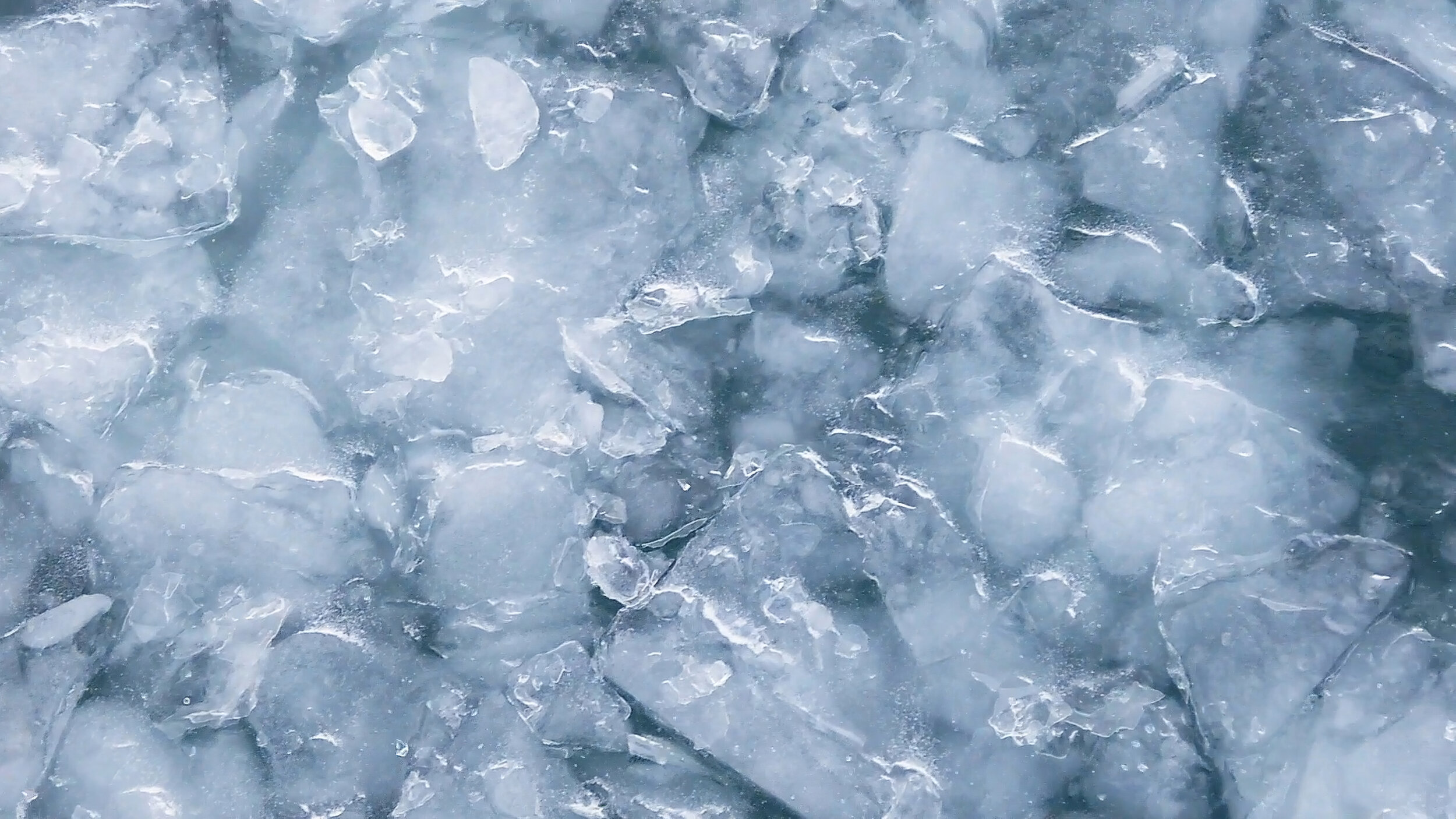
ice bath
Invigorate your whole body with Cold Immersion Therapy.
Exposure to cold has profound effects on the body and its functions, including the brain, immune system, and metabolism, among others.
Various cultures, professional athletes, bodybuilders, and celebrities have a long history of using cold immersion therapies to help recover, reduce inflammation and improve mental health.
Substantial research has found strong links between frequent exposure to cold and several health benefits, including increased metabolism, reduced muscle soreness and recovery time, improved sleep quality, cognitive focus and immune response.
At our studio, the ice bath is recommended as an addition to sauna sessions; however, it can be booked on its own if requested.
Coldwater immersion therapy may assist with physical recovery and performance by:
Decreasing pain associated with muscle soreness
Increasing blood flow and metabolism of waste products from muscles
Improving cardiac output and promoting the flow of nutrient-rich blood
Promoting faster re-oxygenation of fatigued muscle
Reducing muscle damage, muscle spasms, and inflammation
Reducing fatigue by lowering neuromuscular signaling
Coldwater immersion therapy may support disease treatment and wellness promotion by:
Promoting quality of sleep
Improving blood flow and cardiovascular function
Symptom alleviation for those with musculoskeletal conditions
Reducing inflammation and muscle soreness
Decreasing mental fatigue and enhancing cognitive focus/performance
Improving immune response.
How it works.
Temperature
Research suggests that a temperature range between 8-15˚ may provide optimum recovery benefits.
Duration
The ideal immersion duration is between 5 to 15 minutes.
Frequency
The research is limited when it comes to how often you should take an ice bath. However, it's important to note that experts say acute bouts of cold exposure is safe, but excessive use should be avoided.
Contraindications and cautions.
An ice bath's primary risk applies to people who have preexisting cardiovascular disease or high blood pressure. People with type 1 and type 2 diabetes may also need to take caution.
If you have coronary risk factors or other heart-related risk factors, you must consult a medical physician before trying out cold exposure, especially before contrast therapy-going from sauna to ice bath.
In the context of resistance training, doing coldwater immersion immediately after training can undermine your gains. However, in other contexts, there can be improvements. More research needs to be done to know the certain application.

